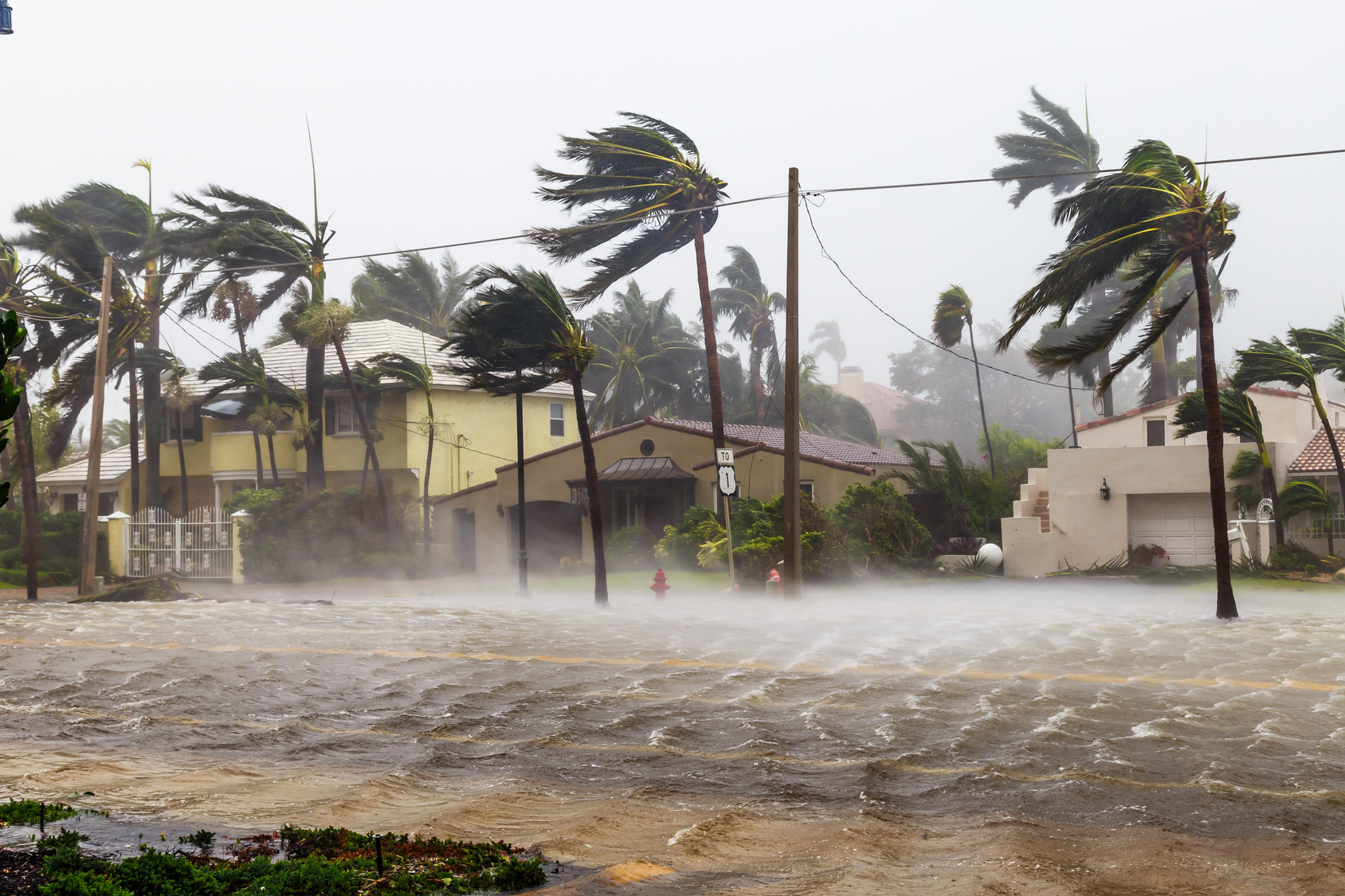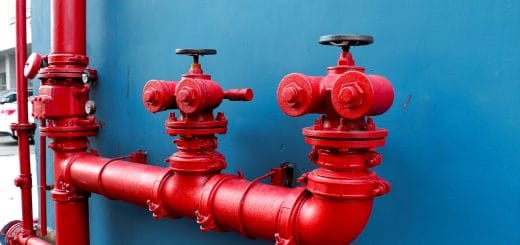Preventing Floods All Year Long
Floods are no stranger to homes in the Unites States. In fact, floodingFlooding is the overflow or accumulation of water in areas t... More is considered the most common natural disaster in the country. Annually, damage related to floodingFlooding is the overflow or accumulation of water in areas t... More totals over $8 billion. Even property owners in low-risk flood zones are susceptible to floods in comparison to high-risk flood zones.
Clearly, flood preventionPrevention refers to actions taken to reduce the likelihood ... More should be on every home and business owner’s agenda. Knowledge of flood preventionPrevention refers to actions taken to reduce the likelihood ... More tacticsTactics are the specific methods or actions used to achieve ... More and implementing them year-round can save property owners thousands of dollars in damages. Floods are hardly limited to a particular season, so prevent floodingFlooding is the overflow or accumulation of water in areas t... More all year long.
1. Buy Flood Insurance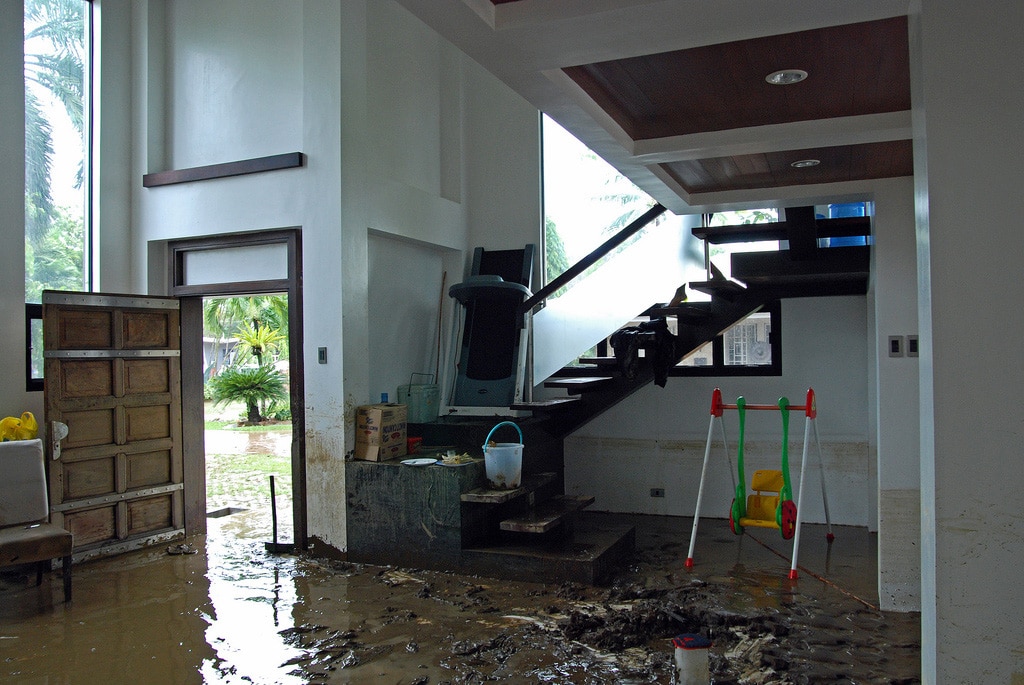
Protect the home and its contents by purchasing flood insurance from an agent who participates in the National Flood Insurance Program. A homeowner’s insuranceHomeowner’s insurance is a policy that provides financial ... More policy does not cover floodingFlooding is the overflow or accumulation of water in areas t... More. Mortgage lenders may mandate the purchase of flood insurance regardless of what flood zone the property is in.
The NFIP offers up to $250,000 in coverage for single- to four-family residential properties. Up to $100,000 worth of contents are covered. Businesses can expect the NFIP to provide $500,000 in coverage for the commercial structureStructure refers to the framework or components of a buildin... More and the same amount of coverage for building contents.
Property owners may also evaluate their home or business’ flood risk. The Federal Emergency Management Agency’s Flood Map Service pinpoints the flood risk for a given area. Zones may be areas of high, low or undetermined flood risks. Flood history reports for the region are available.
2. Install a Sump Pump
A critical step in protecting the home or business from a flood is to install a sump pumpA sump pump is a pump installed in a basement or crawlspace ... More. A functional sump pumpA sump pump is a pump installed in a basement or crawlspace ... More protects the basement from floodingFlooding is the overflow or accumulation of water in areas t... More but also keeps the vicinity under the building dry. Dampness beneath the ground is responsible for 60 percent of damage to properties.
Test the device regularly throughout the year, as a failed pump serves little purpose in the event of a storm. Inspect the backup battery, keep it charged and replace the battery as needed. The owner’s manual is a handy guide for determining the lifespan of the backup sump pumpA sump pump is a pump installed in a basement or crawlspace ... More battery.
An alternative to installing a sump pumpA sump pump is a pump installed in a basement or crawlspace ... More is installing foundation vents. Rather than water pooling around the home’s perimeter, the foundation vents permit water to flow through the home. Pressure to the basement walls and windows from floodwater is relieved with this type of “wet flood proofing”.
3. Clean the Gutters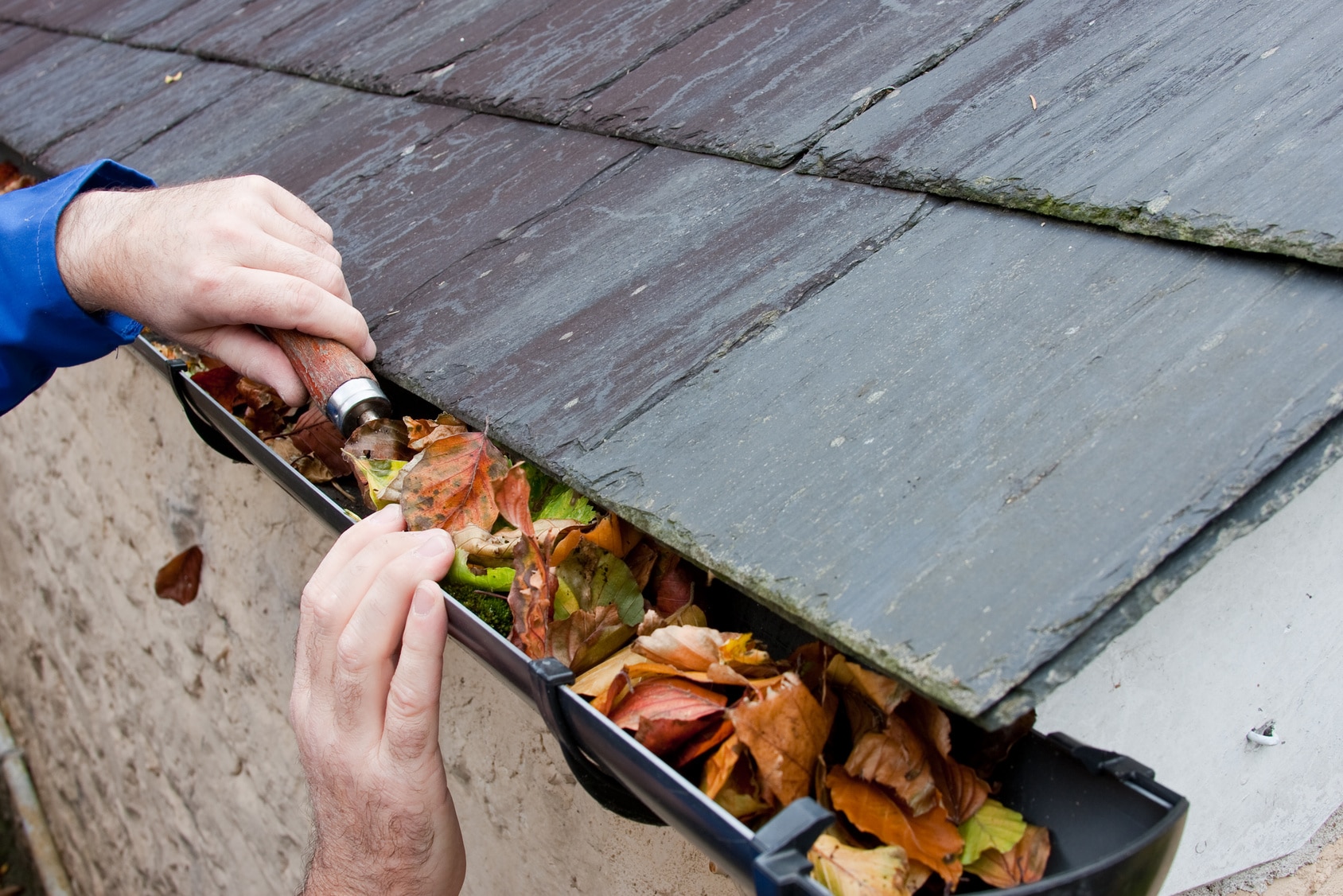
MaintenanceMaintenance is the routine care, inspection, and repair of a... More of the home’s exterior is just as important. A blocked gutter system forces rainwater to overflow from the edges and down the property’s siding. Pooling water around the home or commercial space combined with inefficient drainage causes serious damage to the property’s foundation.
Prevent damage to the building by cleaning the gutters twice annually, once in spring and again in the fall. Dry leaves and twigs that cascade into the gutter can be easily scooped out. More frequent cleanings are necessary if the property is located near or under trees.
A part of gutter maintenanceMaintenance is the routine care, inspection, and repair of a... More and flood preventionPrevention refers to actions taken to reduce the likelihood ... More is to ensure the downspouts direct water away from the property. Pooling water around the home or business can leadLead is a heavy metal that can be toxic to humans, especiall... More to eventual leaks in the basement. If necessary, add downspout extensions to leadLead is a heavy metal that can be toxic to humans, especiall... More water two to three feet away from the building.
4. Re-grade the Lawn
A summertime DIY landscaping project, re-grading the yard prevents rainwater from flowing toward the home and its foundation. This step is essential if the lawn is angled toward the property, which gives rainwater an unobstructed pathway toward the structureStructure refers to the framework or components of a buildin... More. Pooling water is a disaster waiting to happen.
Re-sloping the lawn may be easily tackled by professional landscapers. At the low end of the price spectrum, the project costs $100. On average, re-grading the yard costs $1500. Professionals can create extreme slopes or reduce slopes, as needed, and the extent of work affects the price.
5. Revamp the Interior
Work done to a residential or commercial interior helps to ward off floodwater. Dry flood proofing, for instance, involves applying appropriate sealants and coatings to walls, foundation and windows. The sealants prevent water leaks from infiltrating the property through small cracks.
In the event of a flood, major electrical damage can occur. PreventionPrevention refers to actions taken to reduce the likelihood ... More of electrical ruin can be achieved by positioning all electrical outlets, circuit breakers and switches above flood level by at least one foot. Sewage backup can be prevented by installing check valves on water pipes.
When storing items in flood-prone areas, like the basement, be cautious. Items of significant value should ideally be placed off the floor. Consider keeping valuables on high shelves in the basement. Even better is to house high-value items in the attic, where it is unlikely that floodwaters will reach.
Appraising jewelry, artwork, electronics and valuable heirlooms is beneficial. As mentioned, however, storing these goods above flood level is the best protection in the event of a flood emergency. Keep expensive appliances, like the washer, dryer and heater, elevated and on concrete blocks.
Floods can happen as a catastrophic natural event, like flash floods, or as a manmade disaster, like burst plumbing pipes. No matter what causes your home or business to flood, water damage restoration professionals are prepared to return your property to its pre-loss condition any day of the year.
Flood Extraction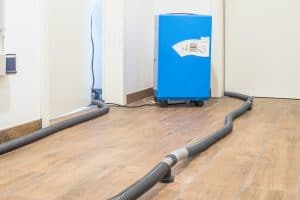
These professionals provide rapid emergency response. Experienced technicians arrive onsite quickly and begin the water damage restoration process before it has a chance to spread. Customers count on professionals for their thorough water extraction methods and content cleaning services.
When it comes to fine art electrical equipment restorationRestoration is the process of returning a property to its pr... More, consult the water damage restorationWater damage restoration is the professional process of clea... More pros. Flood extraction specialists are also trained in carpet and upholstery cleaning.
FloodingFlooding is the overflow or accumulation of water in areas t... More is a crisis and requires immediate attention. Before the flood damage gets out of hand, contact water damage restorationWater damage restoration is the professional process of clea... More professionals for prompt service.










